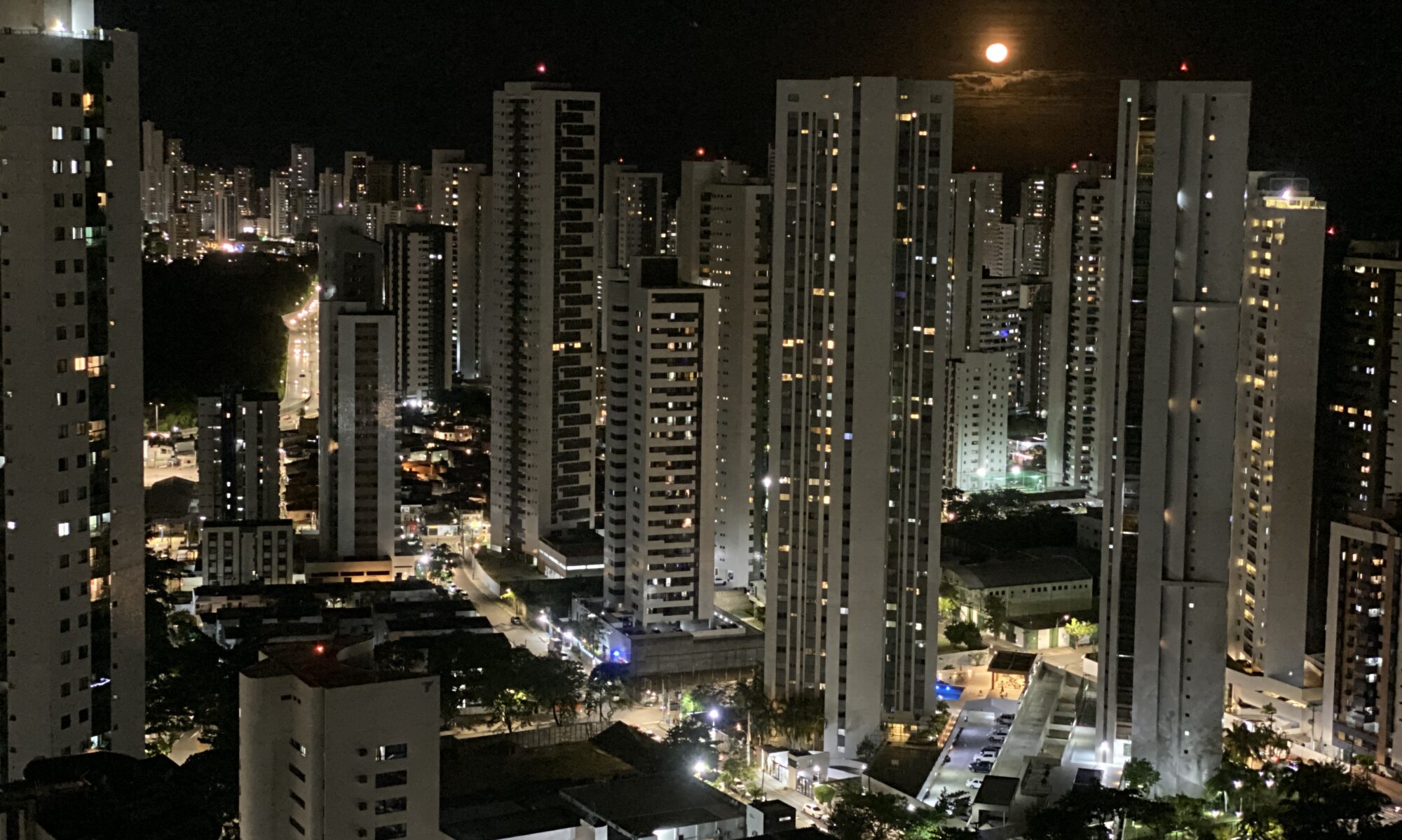The first great master of the silent screen. From Volta Grande in Minas Gerais, Humberto Mauro (1897-1983) spent his youth in Cataguases, where he was a self-employed mechanic, practised as a radio amateur and started an artistic career, first in theatre as an amateur actor and then as author of a comic short feature, Valadião, o Cratera (1925), shot with a Baby-Pathé 9.5mm camera.
In partnership with an Italian immigrant well-versed in photography, Pedro Comello, he founded the Sul América Film company, and subsequently, aided by two local traders, created Febo Filme, which marked the entry of cinema into the vanguard movement of Cataguases. Influenced by the American filmmakers David W. Griffith and Henry King, he invented the Brazilian lyric cinema. His first feature length films – Na Primavera da Vida (In the Springtime of Life, 1926), Tesouro Perdido (Lost Treasure, 1927), Brasa Dormida (Sleeping Ember, 1928) and Sangue Mineiro (Blood of Minas, 1929) – are pastoral works shaped and dramatized by valleys, brooks and waterfalls, elements which also mark the hundreds of documentaries which he would make between 1936 and 1964, for the Institute of Educational Cinema, of the Ministry of Education and Culture.
Attracted to Rio de Janeiro by Adhemar Gonzaga, he shot three feature length films in the Cinédia: Lábios Sem Beijos (Lips Without Kisses, 1930), Ganga Bruta (1931-32) and A Voz do Carnaval (The Voice of the Carnival, co-directed by Gonzaga, 1933). The second one is considered the first indisputable masterpiece of Brazilian cinema. Mauro’s sound film début, it deals with all the tensions arising from the contradictions between the city and the countryside, the imitation and the authentic, the traditional and the modern, subjects only touched upon in his previous works.
Three films resulted from his connection with the actress / producer Carmen Santos: Favela dos Meu Amores (Shanty-town of My Love, the first movie filmed in a real shanty-town, 1935), Cidade-Mulher (City-Woman, 1936), and Argila (Clay, 1940). In 1937 Mauro, with a relatively low budget, reconstructed the arrival of Pedro Álvares Cabral, in O Descobrimento do Brasil (The Discovery of Brazil, with music by Heitor Villa-Lobos). His last feature-length film, O Canto da Saudade (The Song of Yearning), filmed in 1950 in his native city, was a return to the pastoral cinema of the 20s.


